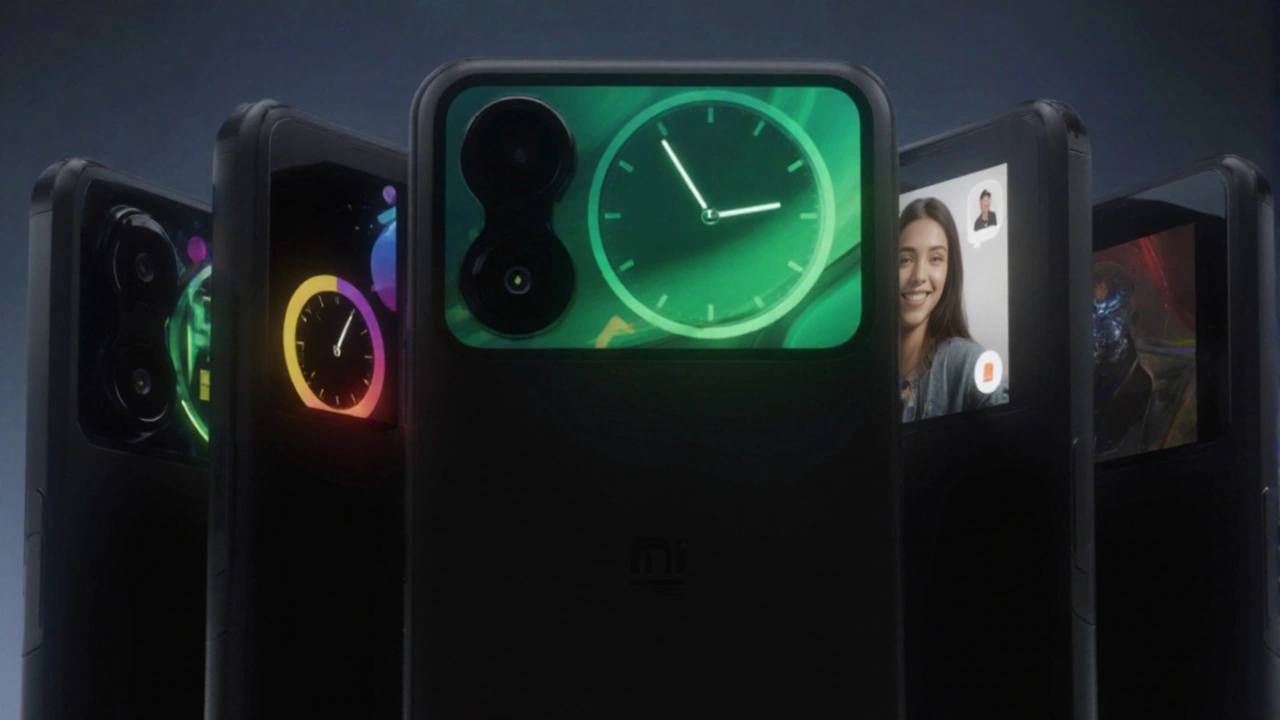Massive Battery Explained: What It Is and Why It Matters
When you hear the word "massive battery," you probably picture a huge box of power sitting behind a factory or a wind farm. In reality, a massive battery is simply a large‑scale energy storage system that can hold enough electricity to power homes, businesses, or even a small city for hours or days. The idea is straightforward: store electricity when it’s cheap or abundant, then release it when demand spikes or supply drops.
Why should you care? Because the world is shifting to renewable energy sources like solar and wind, which are great when the sun shines or the wind blows, but not so reliable 24/7. Massive batteries fill that gap, smoothing out the ups and downs of clean power and keeping lights on without relying on fossil fuels.
How Massive Batteries Work
Most massive batteries use lithium‑ion cells, the same chemistry that powers your phone, but packed together in modules that can weigh thousands of tons. Some projects use flow batteries, where liquid electrolytes are stored in large tanks and pumped through a reaction cell when energy is needed. Both types follow the same basic cycle: charge when electricity is cheap or abundant, discharge when it’s needed.
The key to efficiency is the battery management system (BMS). The BMS monitors temperature, voltage, and current for each cell, making sure everything stays balanced and safe. It also decides when to start charging or discharging based on signals from the grid or a local energy controller.
Unlike a car battery that only needs to last a few years, massive batteries are designed for decades of use. That means they have built‑in cooling, fire‑suppression, and redundancy features to keep them running even if a few cells fail.
Where Massive Batteries Are Used Today
Utility companies are the biggest buyers. In places like California and Australia, massive batteries are already helping to avoid blackouts during heat waves. A single 100‑megawatt battery can supply enough power for tens of thousands of homes for several hours.
Industrial sites use them to cut electricity bills. By charging the battery at night when rates are low and feeding the stored power back during peak hours, factories can shave off a big chunk of their energy cost.
Even remote communities benefit. A small island or a mountain village can pair a solar array with a massive battery, giving residents reliable electricity without needing diesel generators.
Transportation is catching up, too. Some electric bus depots install massive batteries to charge multiple buses quickly, while the grid sees a smoother load.
Looking ahead, the cost of lithium‑ion cells keeps dropping, and new chemistries like solid‑state and sodium‑ion are on the horizon. As prices fall, more cities will likely invest in massive batteries to meet climate goals and improve grid resilience.
So, whether you’re a homeowner curious about the future of clean energy or a business leader weighing investment options, understanding massive batteries gives you a clear picture of how power will be stored and delivered in the years to come.

Xiaomi 17 Pro Max Unveiled: Dual‑Display Phone Packs 7,500 mAh Battery
Xiaomi's new 17 series hits the Chinese market with a rear OLED screen, the Snapdragon 8 Elite Gen 5 chip and a 7,500 mAh battery on the Pro Max. The line offers three models, starting at CNY 4,499, and promises multi‑day use, new selfie tricks and gaming possibilities. Launch begins Sep 27, 2025, with a global rollout slated for later months.
Read More